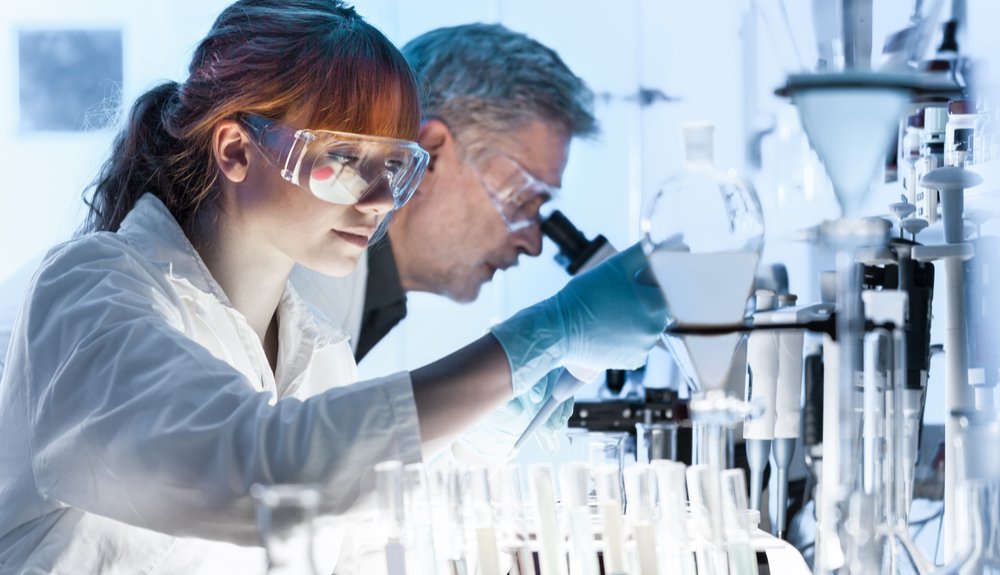Did you see our newly launched Chromatrap® UniqSeq kit? We recently introduced a complete and easy-to-use kit, packed with all the reagents you need to sequentially perform ChIP and library preparation for next generation sequencing (ChIP-seq). A combination of our patented, revolutionary bead-free ChIP kit and next generation buffer chemistry, provides a simple and easy to use library preparation kit that delivers a faster and more efficient workflow from start to finish.
To find out more about our innovative kit and how it can improve your overall workflow, visit our Chromatrap® UniqSeq product page.
Don’t miss the great offer currently available on the Chromatrap® UniqSeq - over 50% off. Get yours now for the best price – only £500 for a limited number of kits!
Whether you are new to ChIP, need a refresher or a pro open to new hints and tips, we have refreshed our guide to ensure you get the most out of your ChIP and libraries.
Tip #1. Fresh is always best
High quality library preparation results require high quality starting materials. It may sound basic but reagents such as enzymes and ethanol-containing solutions should always be prepared on the day of library preparation.
Tip #2. Keep it cool, temperature control your enzymes
The UniqSeq kit contains temperature-sensitive enzymes that can have high rates of degradation when exposed to room temperature. Always return the enzymes to cold storage immediately after use to ensure their reaction efficiency is optimal.
Tip #3. Quantify ChIP’ed DNA using a fluorometer
At the end of your ChIP, DNA must be accurately quantified before starting your library preparation. For optimal accuracy and sensitivity, we highly recommend fluorometric techniques which use intercalating dyes to quantify DNA, instead of the less sensitive spectrophotometers.
Tip #4. Make sure your chromatin is sheared between 100-500 bp
The quality of the chromatin prepared can greatly affect the success of any ChIP assay. For ChIP-Seq the chromatin must be between 100-500 bp. Whether you are shearing with enzymes or by sonication, check out our UniqSeq protocol for shearing guidelines. To ensure samples are the expected size, range and concentration, you can verify your sizes on a microfluidics platform such as the Agilent Bioanalyzer or by simply running a DNA gel.
Tip #5. Using a ChIP-seq validated antibody is vital to successful enrichment
Generating premium data is largely dependent on the quality of antibody. Antibodies verified for other applications may not work for NGS, so always ensure that the antibody is ChIP-seq validated. The Chromatrap® UniqSeq kit provides antibody controls which will help validate your samples for sequencing. We also supply a number of ChIP-validated antibodies.
Tip #6. Verify your libraries using high-sensitivity DNA kits
Check and double check! Sample size distribution should be verified at the beginning and end of library preparation – we advise that you always use a high sensitivity DNA kit to ensure the accurate quantification and qualification of DNA.
Tip #7. Purify and size select DNA ≥200bp
To ensure unwanted DNA fragments are not carried over into the sequencing reaction, it’s vital that libraries are cleaned and size selected both before and after PCR enrichment. DNA fragments ≤200bp in length must be removed– the Chromatrap® DNA Size Selection kit (Cat no. 500262) uses bead-free spin columns designed to purify and retain DNA fragments ≥200bp for optimal size selection in library preparation.
Tip #8. Ensure the library is prepared using sufficient DNA
Depending on the sensitivity and efficiency of the library preparation kit used, as well as the abundance of the target protein and gene, and the quality of both chromatin and antibody, the amount of starting material required to obtain sufficient yields of enriched DNA to prepare a ChIP-seq library will vary.
The Chromatrap® UniqSeq kit has been optimised for library preparation with as little as 500pg DNA.
Tip #9. Don’t forget the control samples
To verify the significance of your peaks identified during sequencing analysis, they will need to be compared to the same region in a matched control sample. The three most popular options are (a) an input DNA (b) a mock IP and (c) a non-specific IP. Choice or controls depends on the user but the technical team at Chromatrap® recommends using input DNA, as this accounts for shearing-related bias and is the control most commonly used in peer reviewed journals.
Tip #10. Prior to sequencing, always validate by qPCR
A lot of researchers miss this step but we recommend you analyse your ChIP’ed DNA by qPCR with control targets of your choice (at least one gene-specific positive and one negative) before beginning the library preparation steps. Our UniqSeq kit provides you with a positive control primer set to help your easily validate your results.
Using our revolutionary Chromatrap® UniqSeq kit and following the above tips will help your streamline your ChIP and Library Preparation to achieve the highest standard assays. Order yours now for high quality, hassle-free library preparation at a fantastic price, or contact our team if you have any queries about our new kit.

